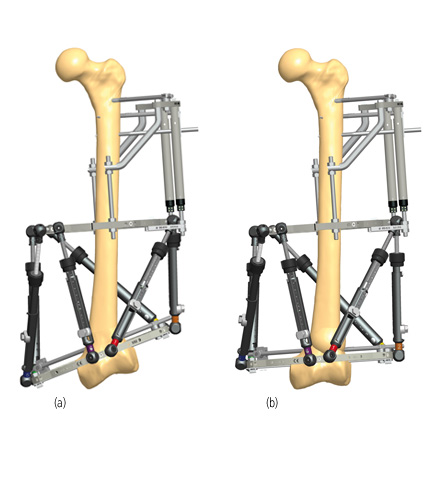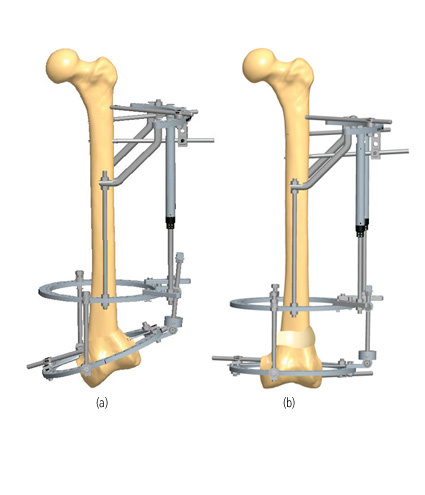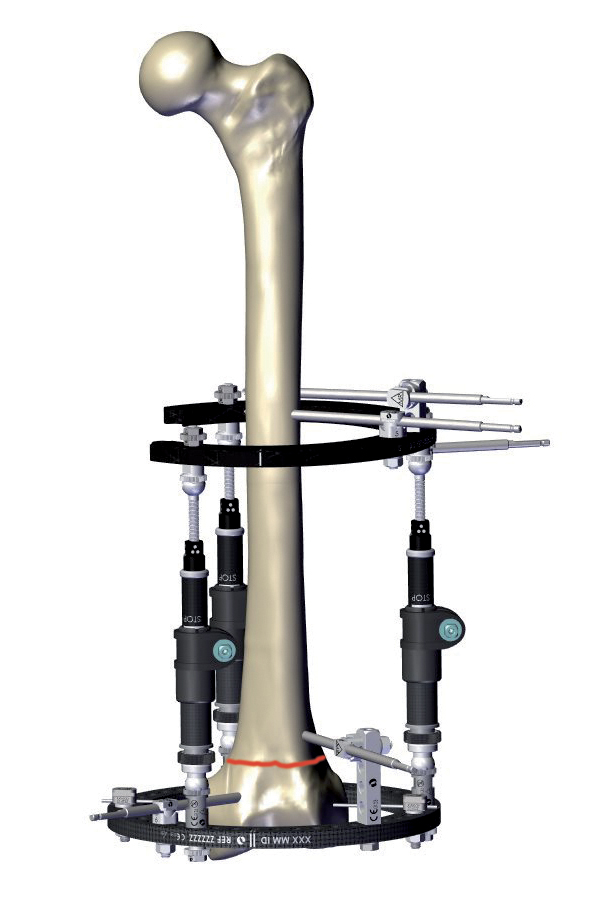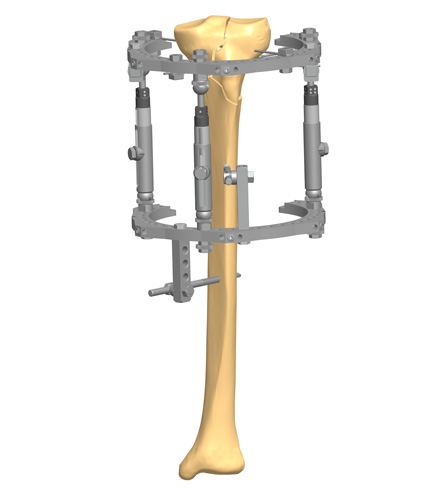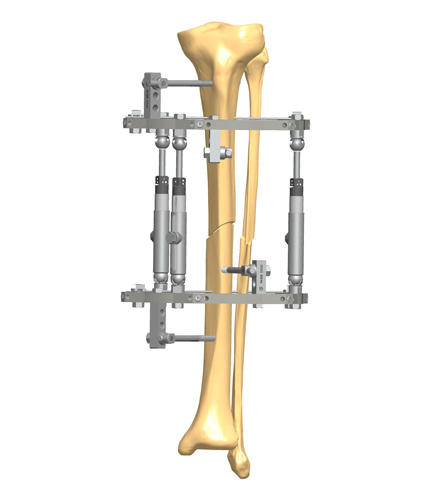Charcot Foot and Ankle is a severe condition that, if left untreated, may lead to deformity, permanent disability, amputation or ultimately to the patient’s death. People with diabetic neuropathy are at high risk of developing Charcot Foot and Ankle, because of the decreased sensation and diminished ability to feel temperature, pain or trauma.
Preventive care is of vital importance for the patient’s wellbeing. Obese diabetic patients with peripheral neuropathy, especially those who have had it for a long time (longer than 10 years), are at risk of developing Charcot Foot and Ankle.(1) (2) (3) Likewise, it has been observed that neuropathic patients with a tight Achilles tendon have a stronger tendency to develop Charcot Foot.(4)
In preventing Charcot Foot and Ankle and its complications the patient may play a fundamental role, simply by following some practical measures. He or she should be invited to have a preventive foot evaluation every year; to examine foot skin and nails daily; to have regular expert podiatric care; to report any swelling, redness, lesions or skin discoloration; to choose appropriate footwear, as the most common trauma leading to foot ulcers in the neuropathic foot, in Western countries, is from inappropriate footwear;(4) not to walk barefoot; to replace orthotic shoes every year as they should fit perfectly; and promptly report tingly feet or absence of pain when it should be felt, for instance when touching hot water. Offloading is also a key feature for preventing neuropathic foot ulceration, as patients can easily walk on active foot ulcers without pain due to the loss of sensation.
Besides, the patient should keep blood sugar levels constantly under control, since this can help reduce the progression of nerve damage in the foot. He or she should have regular checkups by a foot and ankle surgeon, and a vascular specialist for possible micro- and macrovascular complications(3); be careful to avoid injuries, such as bumping on the foot or overdoing an exercise program; and follow the surgeon’s instructions for long-term treatment to prevent recurrences, ulcers or the risk of amputation.(5)
References
- Jeffcoate W 2008. Charcot neuro-osteoarthropathy. Diabetes Metab Res Rev; 24(Suppl 1): S62-5.
- Stuck RM, Sohn MW et al. 2008. Charcot arthropathy risk elevation in the obese diabetic population. Am J Med; 1008-14.
- Fauzi AA, Chung TY et al. 2016. Risk factors of diabetic foot Charcot arthropathy: a case-control study at a Malaysian tertiary care centre. Singapore Med J; 57(4):198-203.
- Boulton AJM 2014. Diabetic neuropathy and foot complications. Handb Clin Neurol; 126:97-107.
- https://www.foothealthfacts.org/conditions/charcot-foot

